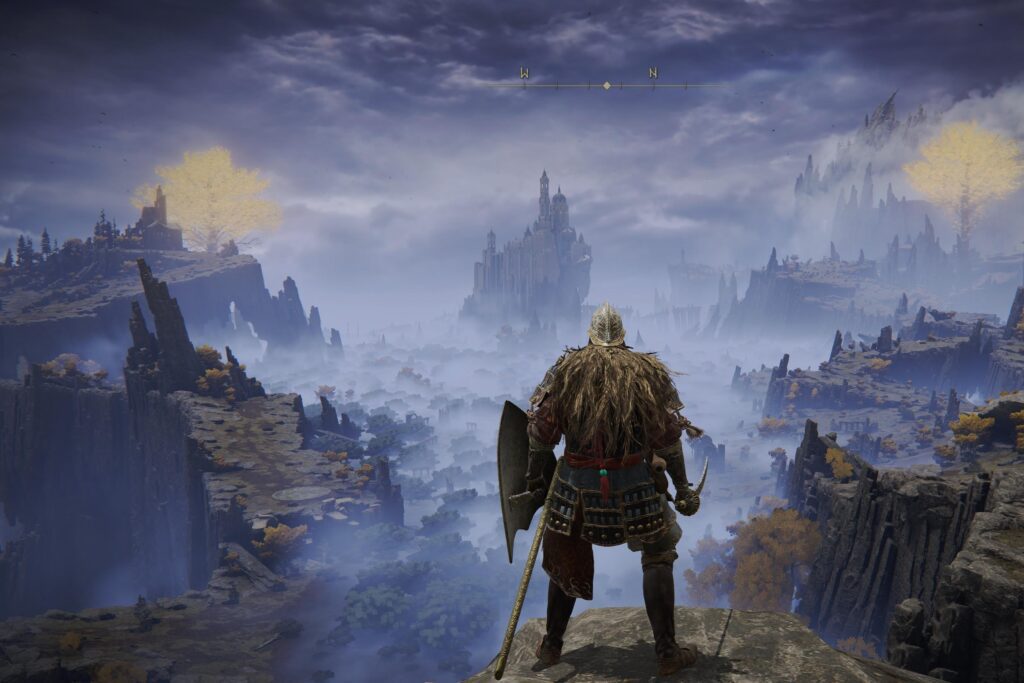Animation is a crucial part of video game design, bringing characters and environments to life and making games more immersive and enjoyable to play. Animation involves manipulating images to create the illusion of movement and change in shape or position. In video game design, computer-generated imagery (CGI) is the most common technique used to create complex and detailed animations. Animation is essential in conveying a character’s emotions, personality, and movements and enhancing player immersion in the game world. The process of creating animations for video games is complex and involves several stages, including concept art, modeling, rigging, animation, and exporting and implementation.
HTML Headings:
The Role of Animation in Video Game Design: How Movement Brings Characters and Environments to Life
Introduction
Video games have become a major source of entertainment in recent years, with millions of people around the world spending hours each day playing them. One of the crucial factors that make video games so appealing is the animation they incorporate. Animation is an essential part of video game design, bringing characters and environments to life, making games more immersive and enjoyable to play.
What is Animation?
Animation is the process of creating the illusion of movement and change in shape or position. It involves manipulating images to create the impression of motion, using sequential images or frames that are played in rapid succession. Animation can be done through traditional hand-drawn techniques, stop-motion, or computer-generated imagery (CGI). In video games, CGI is the most commonly used technique as it allows the game designer to create complex and detailed animations.
The Importance of Animation in Video Game Design
Animation is an essential component in video game design for several reasons:
1. It Brings Characters to Life
Characters are the driving force behind any video game’s narrative. Animation is essential in conveying their emotions, personalities, and movements. It can make the characters look and feel more realistic, bringing them to life on the screen. Animation can also enhance gameplay by making characters move in unique ways, allowing players to control their actions and movements.
2. It Enhances Player Immersion
Animation is critical in immersing players in the game world. Well-done animation can make the environment feel more realistic, allowing players to believe they are in another world. It can also highlight crucial game elements such as interactive objects, enemies, and obstacles, making it easier for players to navigate the game world.
3. It Conveys Game Mechanics
Animation helps convey the game’s mechanics to the players. By showing the different movements, characters can do, it becomes easier for players to understand how to control them. Animation can also highlight the game’s action and the various functions of different game elements.
The Process of Creating Animations for Video Games
The process of creating animations for video games is complex, involving several stages:
1. Concept Art
The first step in creating animations is developing concept art. Concept art is an initial design for the characters and environments in the game. It helps the game designers decide how the final game should look and feel. Once the game designer initiates the concept art, the animators can begin to create the character models.
2. Modeling
The next stage is modeling, creating the 3D models of the characters by adopting concepts from the concept art. The models are created using powerful software such as Maya, ZBrush, or Blender. Once the models are completed, they can move to the next stage – rigging.
3. Rigging
This stage involves attaching an animation skeleton, called a ‘rig,’ to the 3D model. Animators use complex software programs such as Autodesk MotionBuilder or Unity to create animations. The rig is used as a reference point for animators to create movement and poses.
4. Animation
Once the rig is in place, animators can begin to create animations based on the game designer’s specifications. They work on a feature-by-feature basis, creating animations for each part of the character’s movements. Animators can create natural-looking movements using advanced motion capture techniques.
5. Exporting and Implementation
Finally, the finished animations are exported and integrated into the game engine using programming languages like C# or C++. The game engine uses the animations to control the in-game characters’ movements and can adjust their interactions based on player performance.
Conclusion
Animation plays a vital role in video game design. It brings characters and environments to life, enhancing player immersion and conveying game mechanics. The process of creating animations is complex, requiring multiple stages and the use of powerful software tools. It is only with top-notch animation that video games can achieve maximum potential and maintain the interest of players. As the technology surrounding video game design continues to evolve, so will the importance of animation.
